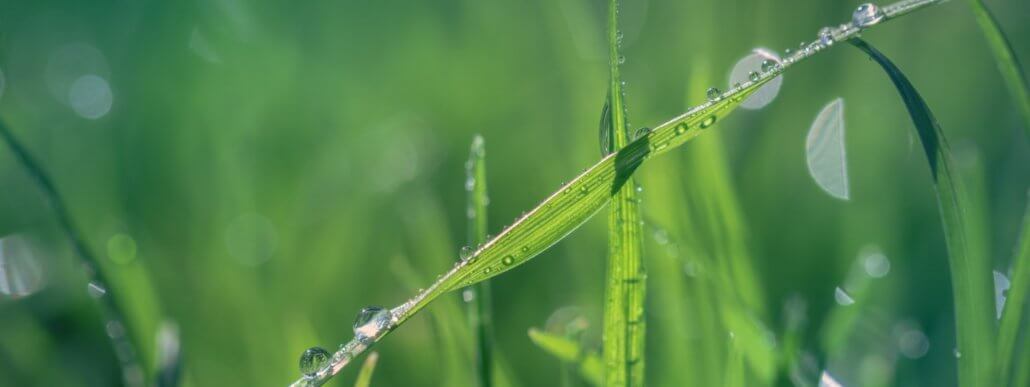Plants continuously absorb water from the soil, but not all the water absorbed is used by the plants. Excess water evaporates from areal parts of the plants, mostly through the stomata, below the laminar of the leaf. This process is called transpiration. Plants draw water up against the force of gravity, the evaporation of water from leaves results in a suction force that pulls the water up the xylem. This suction force is called transpiration pull. It is the main force that pulls water and mineral salts up the plant. This upward movement of substances is called the transpiration stream.
Factor affecting the rate of transpiration
Transpiration depends on evaporation, therefore factors affecting the rate of evaporation also affect the rate of transpiration. The factors affecting the rate of transpiration are humidity; temperature; strong wind and light.
Humidity of air
The intercellular spaces of leaves are normally saturated with water vapour. If the outside air is dry, water vapour will diffuse more rapidly out of the leaf, that is, the rate of transpiration will increase. Whereas, if the air is damp or humid, evaporation is limited. The more humid the air is, the slower is the rate of transpiration.
Air temperature
Assuming all other factors remain constant, a rise in the temperature of the surroundings will increase the rate of evaporation, and thus transpiration rate also increases.
Wind
When the air is still, transpiration makes the air around the leaves moist. Water vapour builds up and increases the air humidity hence, as stated before, reducing the transpiration rate. During a windy day, the moist air around the leaf is blown away, making the air less humid. This increases the rate of transpiration. The stronger the wind, the higher the rate of transpiration.
However, if the wind is very strong, the stomata may close because the guard cells lose too much water. What will happen if there is a cool wet wind? Light will affect the stomatal opening of the leaf, thus affecting the rate of transpiration. During the night or in the shade, the stomata close and reduce the rate of transpiration but on a sunny day, the stomata open wide and increase the rate. The movement of water vapour outward also removes heat from the plants thereby cooling the leaves and preventing them from being scorched by the hot sun.
Soil Water Content
Soil water content is the most important as it needs to be considered first before all other factors come into play. The availability of soil water greatly affects the rate of transpiration. If there is little water available, the resulting tendency for dehydration of the leaf causes stomatal closure and a consequent fall in transpiration. Such a condition usually occurs during periods of drought and when the soil is frozen or at a temperature so low that water is not absorbed by roots. Soils must always be kept between permanent wilting point and field capacity to reduce the loss of water to drainage. The article below explains the different soil water pockets in the soil.
Water movement in the soil: Important notes for irrigation management
Conclusion
These factors can be considered when planning for irrigation and are complimented by regular maintenance and management of irrigations equipment. For instance, checking for leaks on their irrigation systems and making sure that the irrigations systems are properly calibrated and applying water uniformly in the pivot and applying the correct amounts.
- The management of soils with excessive sodium and magnesium levels - 2023-06-12
- Understanding evapotranspiration better - 2021-10-18
- Soil fungi connections - 2021-09-28

